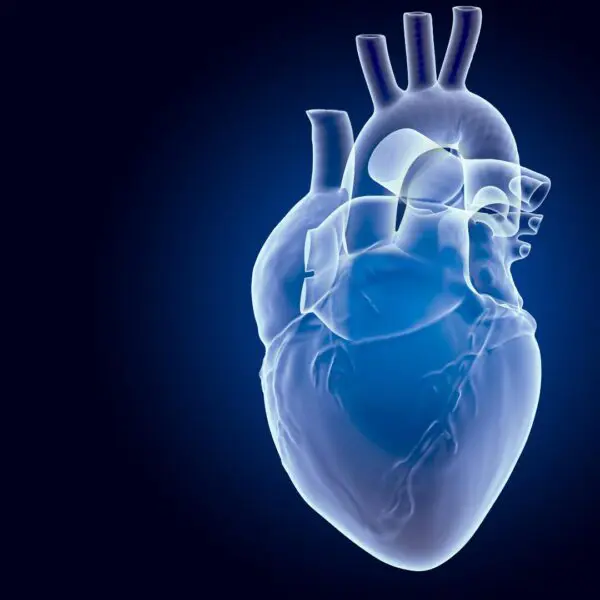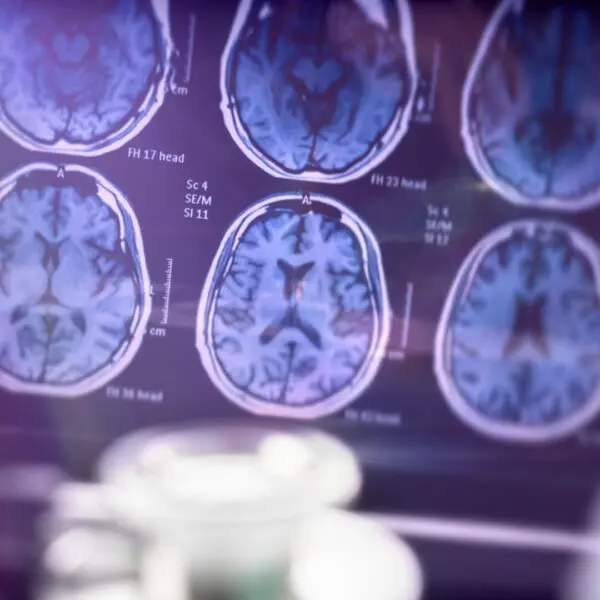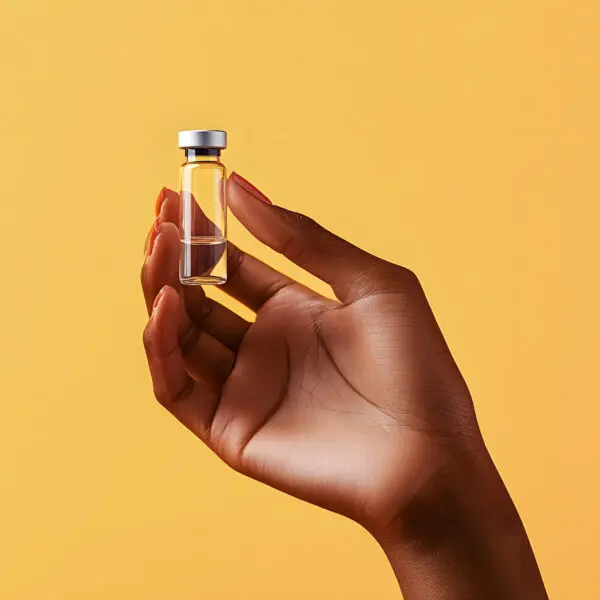
The above images are from a patient we recently treated. He was a veteran who came to us for Hyperbaric Oxygen Therapy (HBOT) treatments in the hopes that it would alleviate the symptoms he’d developed due to head trauma and other injuries he’d sustained while he was in the military. These complaints included severe brain fog, backache, difficulty in thought process, and a lack of energy.
The patient underwent 40 HBOT treatments over approximately eight weeks. Clinically, he had dramatic improvements in all his symptoms. The above scan shows a marked increase in brain vascularity on the activation scans (much less blues and more green, red, and gray colors). The brain scan Spect report is noted below.

As the report and images show, there is a dramatic increase in the circulation in the brain, as noted by the color changes. One need only compare the baseline and the activation to see the vast difference: Blue represents significantly diminished circulation, green is somewhere in between, and red represents a significant increase in circulation. The gray areas represent average circulation.
The protocol that we followed is propriety, but we will reveal some of our secrets.
NOTE: When we use oxygen, we create oxidative stress. Hyperbaric treatment is no different. It will cause oxidative stress. We avoid oxidative stress by using hydrogen gas therapy before starting the hyperbaric treatment.
How HBOT Works
Hyperbaric oxygen therapy (HBOT) works by having the patient breathe pure oxygen inside a pressurized chamber. Breathing oxygen at this higher pressure allows more oxygen to dissolve and diffuse into the body’s fluids and tissues, including areas that may not get enough oxygen under normal conditions. The increased circulation delivers more oxygen, glucose, and nutrients to deprived regions of the brain that suffer from poor circulation. The improved delivery of essential substances boosts cellular metabolism and promotes healing in damaged brain areas. Therefore, the elevated oxygen levels and air pressure used during HBOT can positively impact brain circulation and cells struggling from lack of oxygen and blood flow.
According to work published by Dr. Stephen Thom, one of the main mechanisms of hyperbaric oxygen is the increase of nitric oxide, which has several effects on the body. Hyperbaric oxygen therapy (HBOT) and nitric oxide (NO) have interconnected relationships that promote patient healing. Increased oxygen levels stimulate greater production of NO by nitric oxide synthase enzymes found inside cells that line blood vessels (endothelial cells) and other organs. NO then acts as a potent vasodilator that relaxes blood vessel walls and increases blood flood and circulation.
At the same time, it’s believed the oxygen radicals and shear stress effects of HBOT also directly activate endothelial nitric oxide production through related mechanisms. The boost in circulating NO from HBOT, in turn, enables more oxygen delivery by dilating vessels. This forms a positive feedback cycle – more oxygen increases NO production, and more NO facilitates better oxygen transfer. The combined effect provides oxygen and nutrients to penetrate better-injured tissues that suffer from ischemia or poor blood flow. Furthermore, NO assists in healing by stimulating angiogenesis (new vessel formation), cell proliferation, and collagen production. HBOT oxygenates tissues while harnessing nitric oxide’s regenerative powers.
HBOT, Stem Cells & Bone Marrow
There is evidence that nitric oxide can increase stem cell output from the bone marrow. It’s a slightly complicated process that I can explain here:
Nitric oxide encourages bone marrow stromal cells and osteoblasts to secrete various growth factors that support stem cell proliferation and differentiation. These include vascular endothelial growth factor (VEGF), stromal-derived factor-1 (SDF-1), and stem cell factor (SCF). Through VEGF and direct stimulation of vasodilation, nitric oxide improves blood flow and oxygen delivery to bone marrow niches where hematopoietic (blood-forming) stem cells reside. This boosts their output. By dilating sinusoids in bone marrow, nitric oxide helps release hematopoietic progenitor cells from their niches into circulation so they can migrate to tissues and differentiate into mature blood cells. This represents an increase in output.
Over the course of twenty HBOT treatments in our patient, the stem cell output increased several fold. Nitric oxide mobilizes bone marrow-derived stem cells by activating matrix metalloproteinases, which remodel bone marrow’s extracellular matrix to enable the release of stem cells into the peripheral circulation.
One of our secret weapons in our hyperbaric treatments is the use of Neo-40 by the HumanN company. The Neo-40 will increase NO production, thus enhancing HBOT NO production. I use Neo-40 on most of my regenerative cell cases to increase stem cell output from the marrow. We also have a few more tricks up our sleeve that must remain proprietary for now.
In addition to helping to heal brain trauma, HBOT may also be effective in treating:
- Decompression sickness
- Carbon monoxide poisoning
- Difficult wounds
- Hearing loss
- Post traumatic tissue edema
Overall, HBOT may boost the immune system, help fight brain fog, increase energy levels and bolster stem cell output. It is a highly valuable tool in our regenerative medicine arsenal!
If you’re interested in scheduling HBOT sessions, click here to book now.
You might also find these articles interesting:
Dr. Purita Joins Albert Einstein and Linus Pauling as Member of Sigma Xi
Sirtuins May One Day Help 52 Million Americans Suffering from Arthritis














